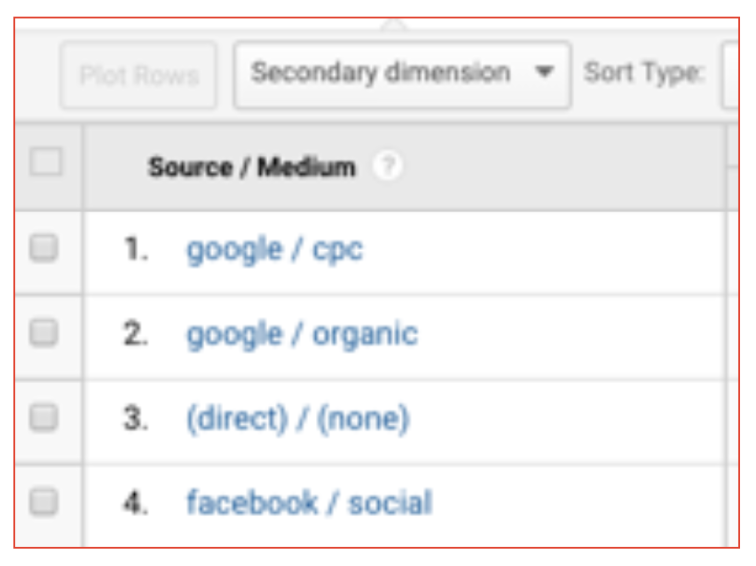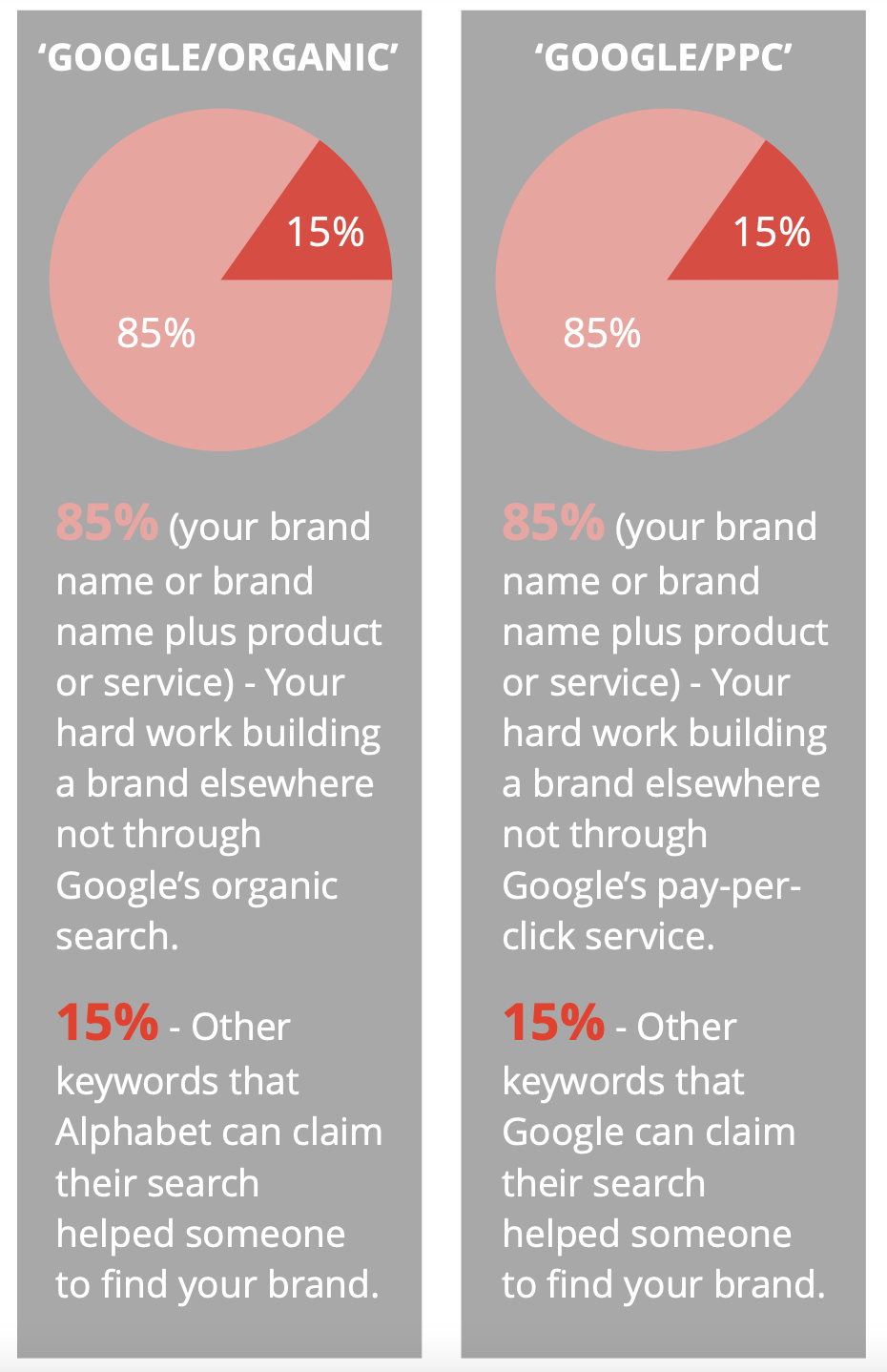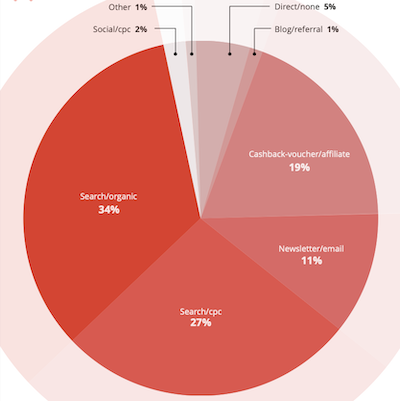Are you spending your marketing and sales budget in the wrong areas? Find out where your sales are REALLY coming from, and why it’s a mistake to rely on Google Analytics when tracking attribution.
Accurate attribution has long been the holy grail for marketeers. Understanding the value of marketing spend and the impact of allocating it to activity to generate a positive Return on Investment (ROI) is key for any successful business looking to raise awareness, acquire customers and grow customer lifetime value through retention.
For every business to survive they need to earn more than they spend. But identifying the right places to spend isn’t always easy.
In every customer engagement lifecycle, there are a number of stages people will go through before buying and (possibly) buying again:
- Brand introduction
- Product (or service) introduction
- Product (or service) consideration
- Product (or service) investigation
- Product (or service) decision
- Product (or service) re-engagement and loyalty.
Not every marketing investment bears immediate results nor ‘the final’ result (conversion), and with a vast array of places available to spend money, a marketeer wants to ensure that they can maximise their returns with the spend that they have available, ensuring that their campaigns are finding the right customers to bring cost/benefit into the positive across their marketing mix.
Attribution systems look to help marketeers make informed decisions about the channels that might be working for their business across every single element of these different customer engagements.
Why you can’t rely on what you see in your Google Analytics dashboard
There are many attribution systems available, but probably one of the most prolifically used globally is Google Analytics. The basic version is free and offers a pretty good analytics solution.
However, Google Analytics, like many attribution systems, is only focused towards clicks. So therefore it only looks at last click attribution and assisted click attribution. And unfortunately, this is not going to give you a full picture of brand engagements, when many engagements might not result in complete direct action, such as a click, immediately.
As a result, the benefits of many essential marketing activities, such as display, are not fully represented in Google Analytics reports. This means that many businesses don’t have an accurate picture of attribution to base marketing decisions on.
So what’s the solution? With the launch of GA360 or DV360, Alphabet was looking at ways to give a fuller picture. But with a price tag not shy of $100K plus per year for a licence fee, this is out of the reach of many businesses.
Why ‘hiding’ true attribution helps Google
Alphabet chose to keep Google Analytics this way for the simple reason that organic search and paid search are two channels where they dominate, and the two channels which are used most prolifically during the final stages of a purchase decision.
Google Analytics is one of the best marketing tools that Google has in its arsenal. Log into any Google Analytics account, go to Acquisition > All Traffic > Source / Medium and you will nearly always see ‘google / organic’ and ‘google / cpc’ in the top five every single time. And millions of people around the world in marketing will do this every day of the week, many times.

Most marketeers are beginning to understand that maybe, performance in here is not what it seems.
Drill into these two numbers and Google Analytics and you might see that 85% of traffic pegged under ‘google’ in Google Analytics is a result of other hard work doing other marketing activities, in what we term a ‘halo effect’. This is performance and click traffic that is not as a result of Alphabet’s tools but other activity.
Combine this 85% with the other key ‘source / medium’ in the top five called ‘(direct / none)’ which indicates all those customers who go directly to your site, and the key traffic driving activity is fast becoming nothing to do with Alphabet nor anything that Google Analytics can show you.

To try and assuage any marketeer curiosity as to what might be driving these, Alphabet then introduced Assisted Conversions into Conversions > Multi-channel Funnels. But again this included fundamental flaws in its ‘attribution’.
It assumed that every customer engagement resulted in a click when clearly many activities in marketing offline and online would not result in that. And it still focused on the ‘Source’ being Google even when 85% of that value wasn’t.
Google ‘could make it appear as if their ads played a bigger role than they did’
Google’s new cross-network attribution reporting, which will become more widely available “soon”, will apparently make proper attribution even harder.
Feliks Malts, Vice-President of Decision Sciences at digital agency 3Q Digital believes that trust and transparency in Google’s attribution technology will be “tricky” for them. He says that attribution reports provided by Google could make it appear as if their ads had played a more significant role in getting people to take an action than they actually did. This is partly because Google don’t factor in advertising outside their universe.
Digiday comment that, “Google’s attribution and conversion modeling news seemed buried in a whirlwind overview of how the company wants advertisers to operate in a world without third-party cookies that Google itself has thrust upon them. But that may have been by design, since the attribution announcements appear to have the potential to further consolidate Google’s digital ad power, which could raise regulatory red flags.”
UPDATE: Google announces that it’s ditching last-click attribution
Clearly we’re not the only people who have an issue with the reliability of last click attribution: on 27 September 2021, Google announced that it was ditching last-click attribution in favor of machine learning-based model, in an effort to ‘provide more accurate, precise and privacy-centric measurement to marketers’.
Google’s new framework will apparently use machine learning to understand everything from how conversions are measured to how to improve automated bidding. However, while on paper this seems like a good idea on Google’s part, going into abstract ‘machine learning’ means users will actually have less idea of the interpretation. All they will know is that some channels are more valuable than others… for some reason.
Machine learning is still a big step away from the far superior Total Media Attribution, in which all coefficients can be used to inform business decisions.
Where ARE your sales coming from?
So where is the traffic coming from? This is where proper attribution theory and the correct methodology comes into play.

“Search cost per click” and “Search organic” are being attributed display activity by the customer going into a search engine and searching for a (brand) term, as discussed above.
Cashback and Voucher affiliates are being attributed display activity as frequently shoppers, as their last action before buying, will go and see if there is a discount voucher available.
In every business you need to find new customers, prospect them to conversion, then grow their lifetime value. And at any one of these stages, a customer might engage but not necessarily ‘click’ with your brand. Subconscious action is as important as conscious action in building a business, and these sub conscious actions will all add to the halo effect on conscious engagements at a later stage.
True attribution modelling and understanding the value of marketing spend needs to include all these engagements, regardless of whether it is a click or not. Engagements like a view and dwell should not be ignored.
Google Analytics proves that customers are searching for your brand and also coming direct to your site, so understanding where and how they decided to do that is an important factor when it comes to deciding where to put the next budget.
Lifecycle marketing is all about engaging the customer with the right message, at the right time, in the right place, with the right context across the lifecycle. It is a well-known fact that the most expensive part of a lifecycle engagement with a customer is getting them to engage with you for the first time.
Once they have engaged and visited your website, you can then embark on a cyclical process of engagement to conversion and re-engagement to visit again, driving customer lifetime value and loyalty. Without the first more expensive element, you won’t be able to facilitate and achieve the second.
What are the challenges for the technology of attribution tracking?
Attribution in marketing is by no means a perfect science. The world is not fully digitised, so whilst any digital channel could be marked with an engagement tracker, some sensible assumptions need to be taken for non-digital activity.
Attribution results that are used to focus budgets are as much about judgement as they are about hard statistics, and most technologies available have different attribution theory approaches.
Understanding cause and effect is key in any type of marketing campaign, and with increased digitisation it has become easier to make get a better understanding of what drives customer lifetime value across the lifecycle. Even for offline measurement, by understanding the locations of any activity, one can attribute this to uplifts in conversions across a brands estate and begin to understand what the right marketing mix might be.
Whatever approach you take to attribution, it’s important not to become wholly reliant on a single source of reconciliation to get to an answer of what are the right engagements to focus on.
Where are your sales really coming from? And how can you increase them throughout the customer lifecycle? Get in touch to find out how we can help.